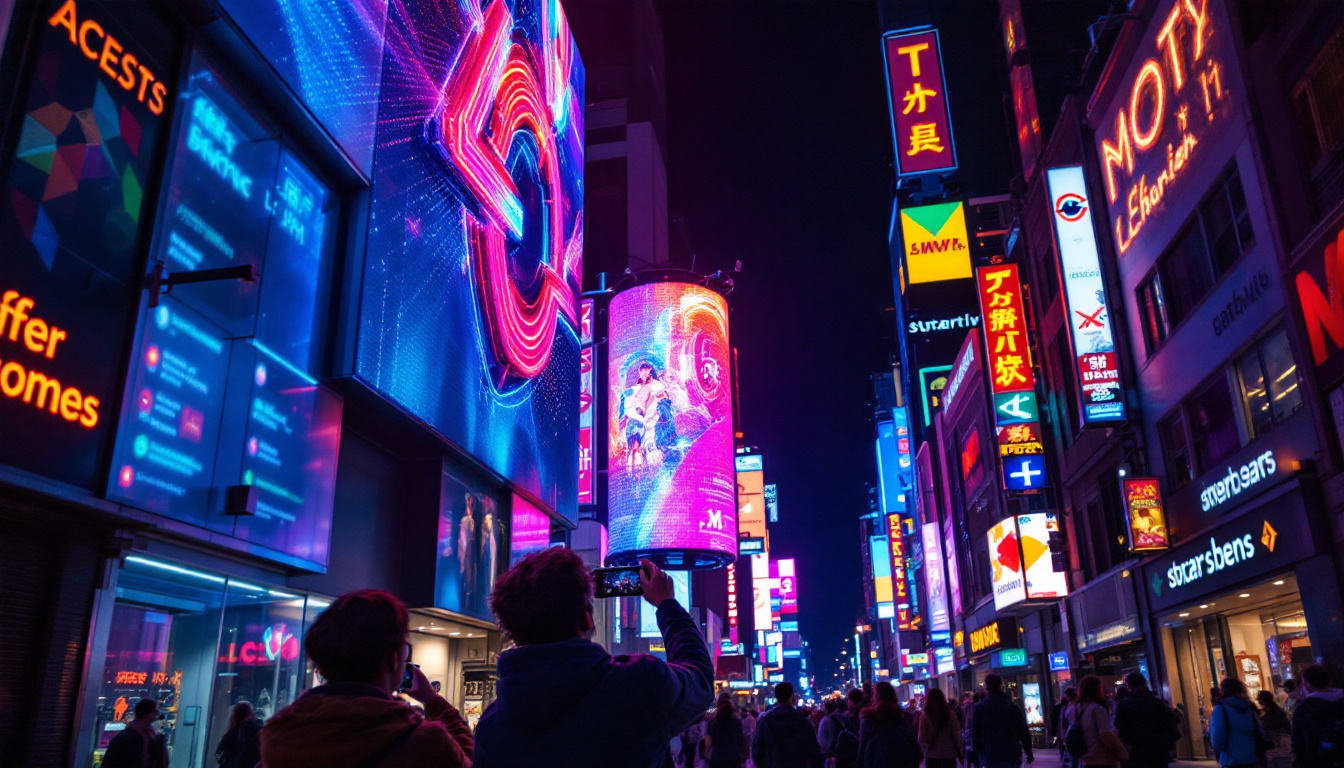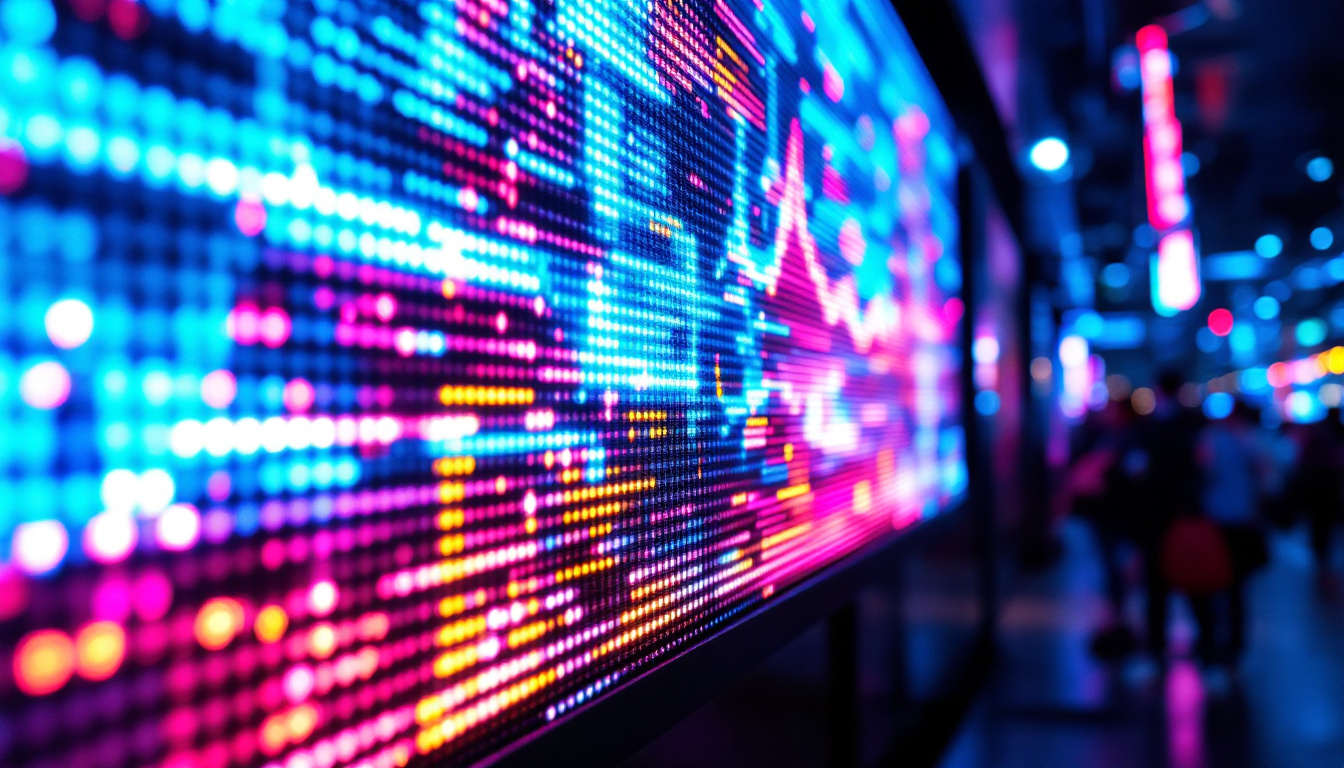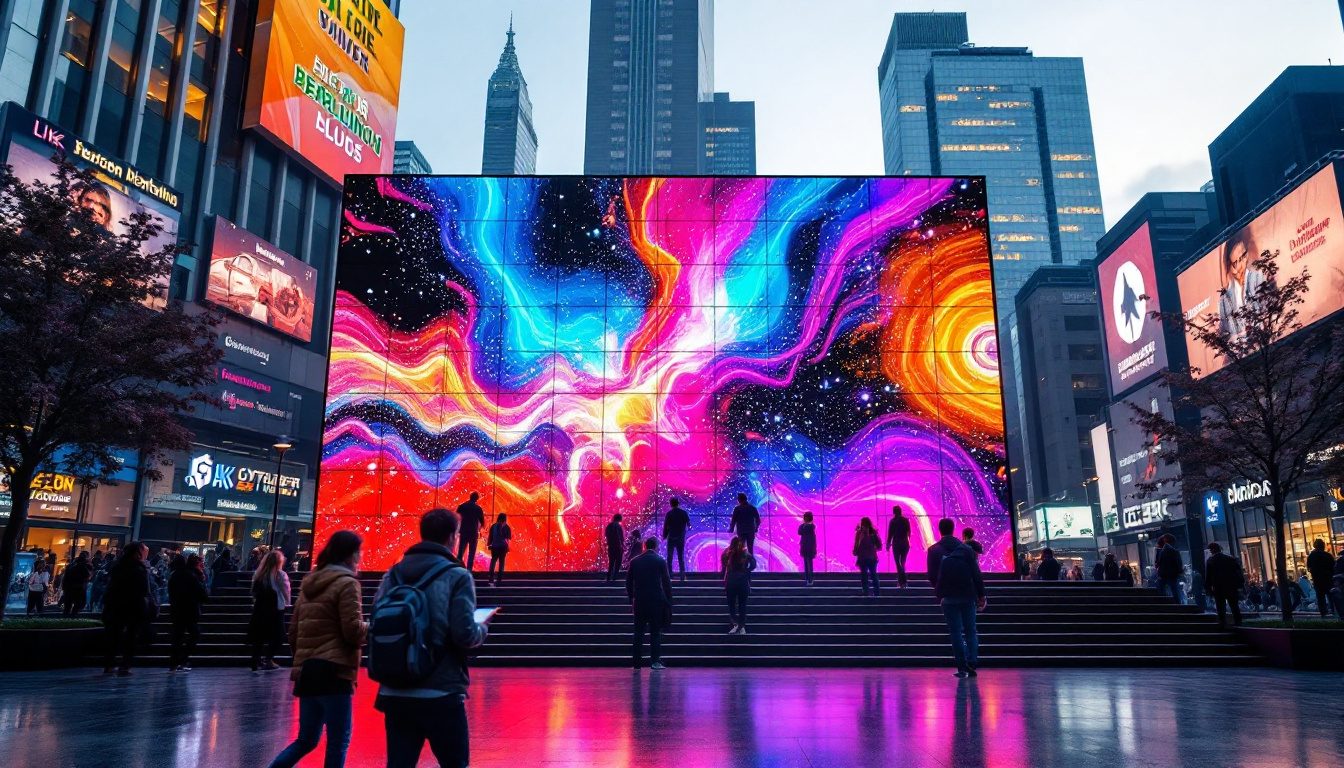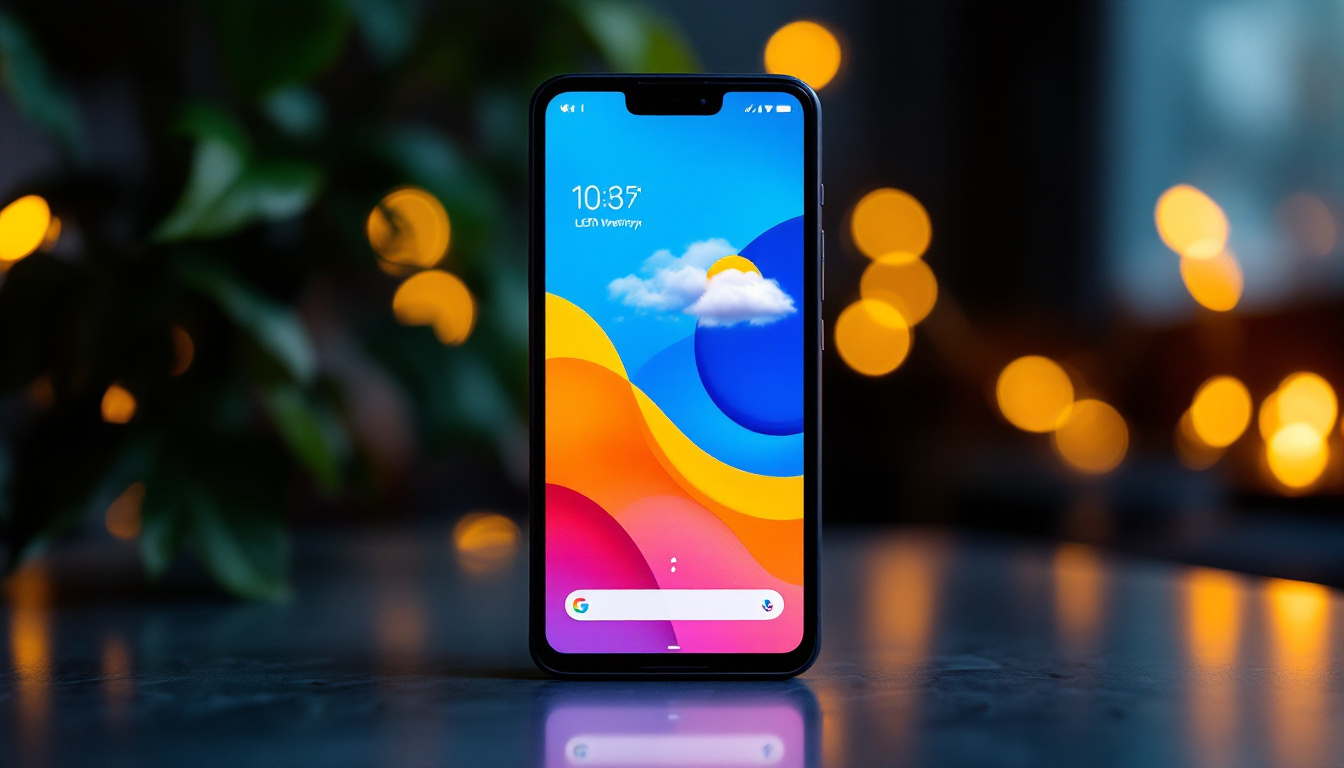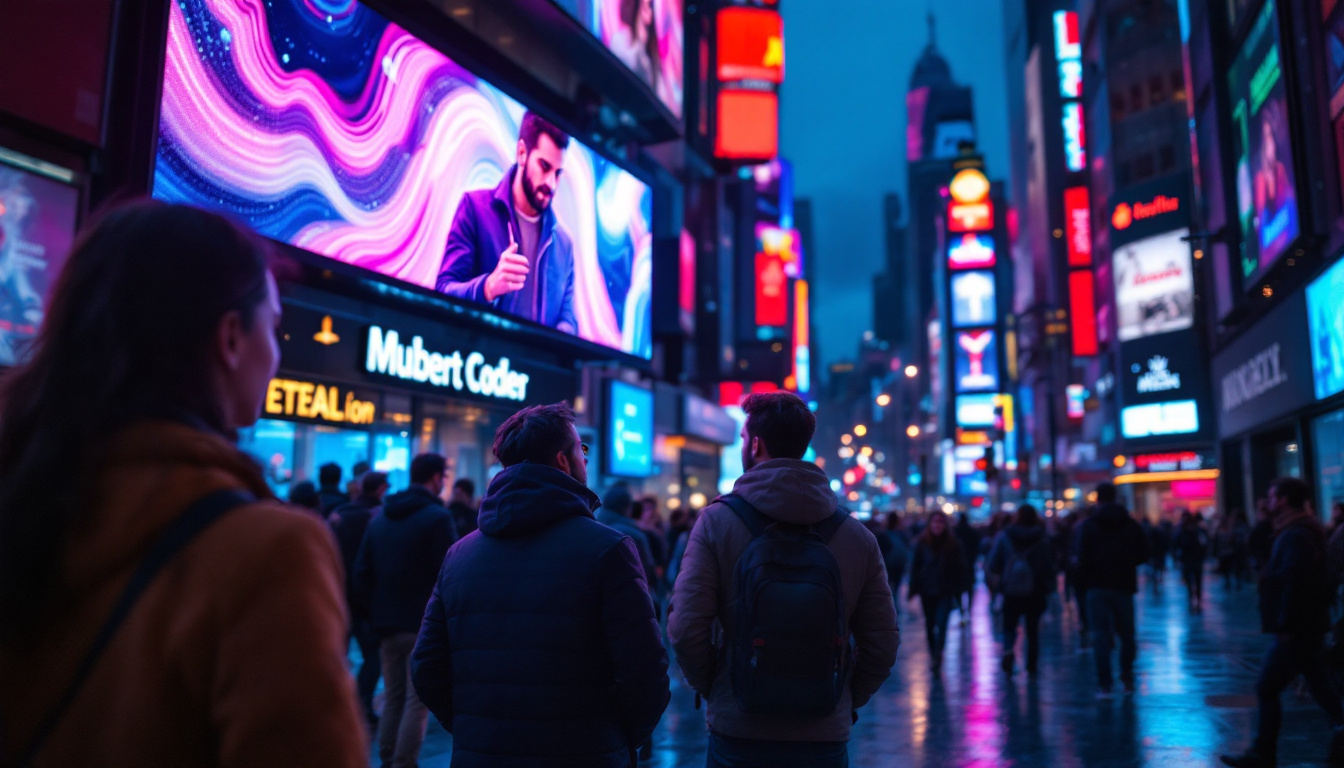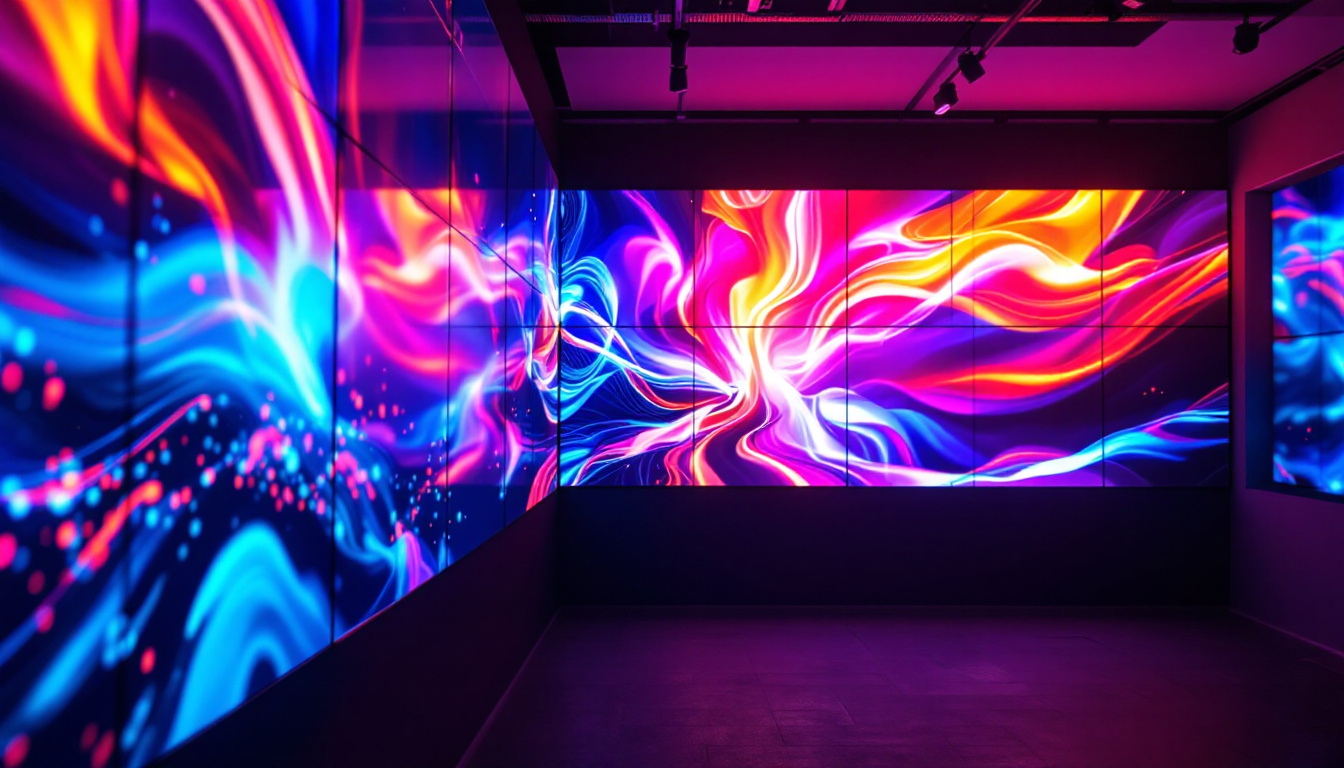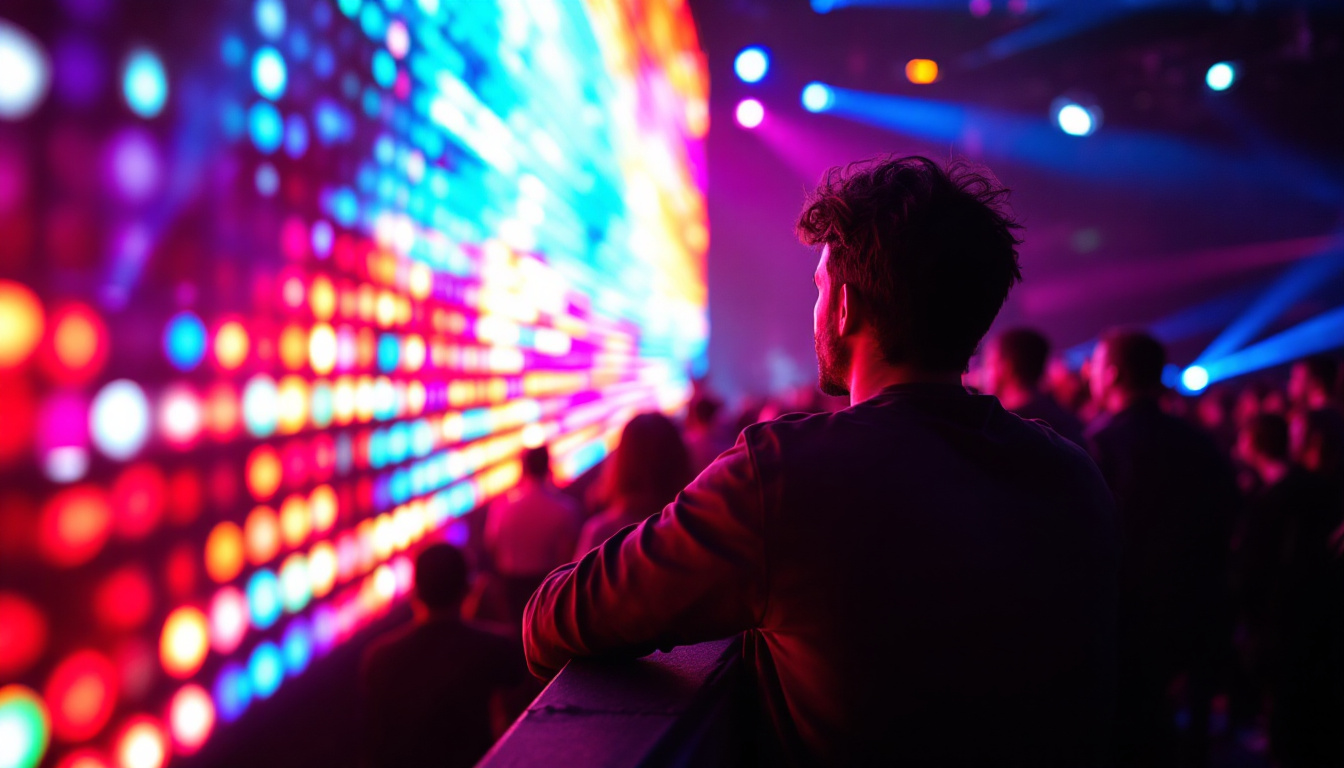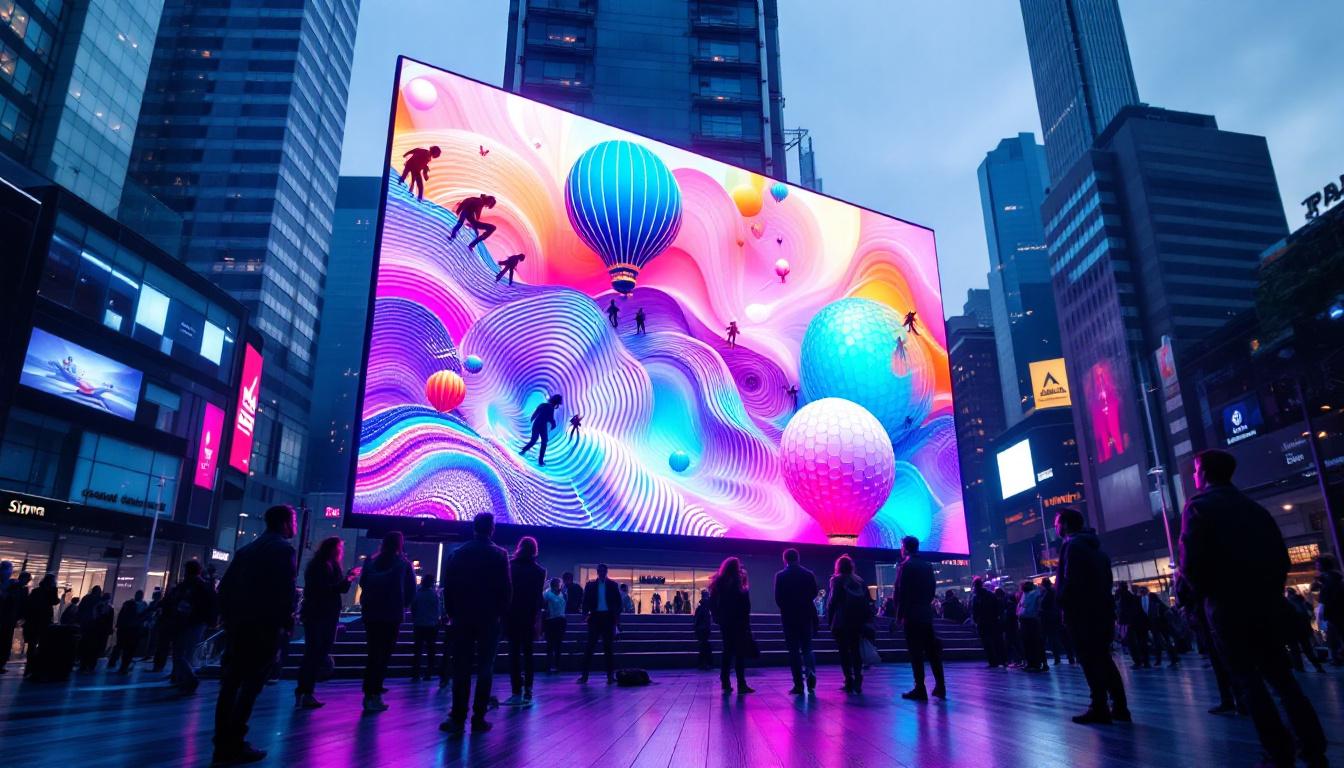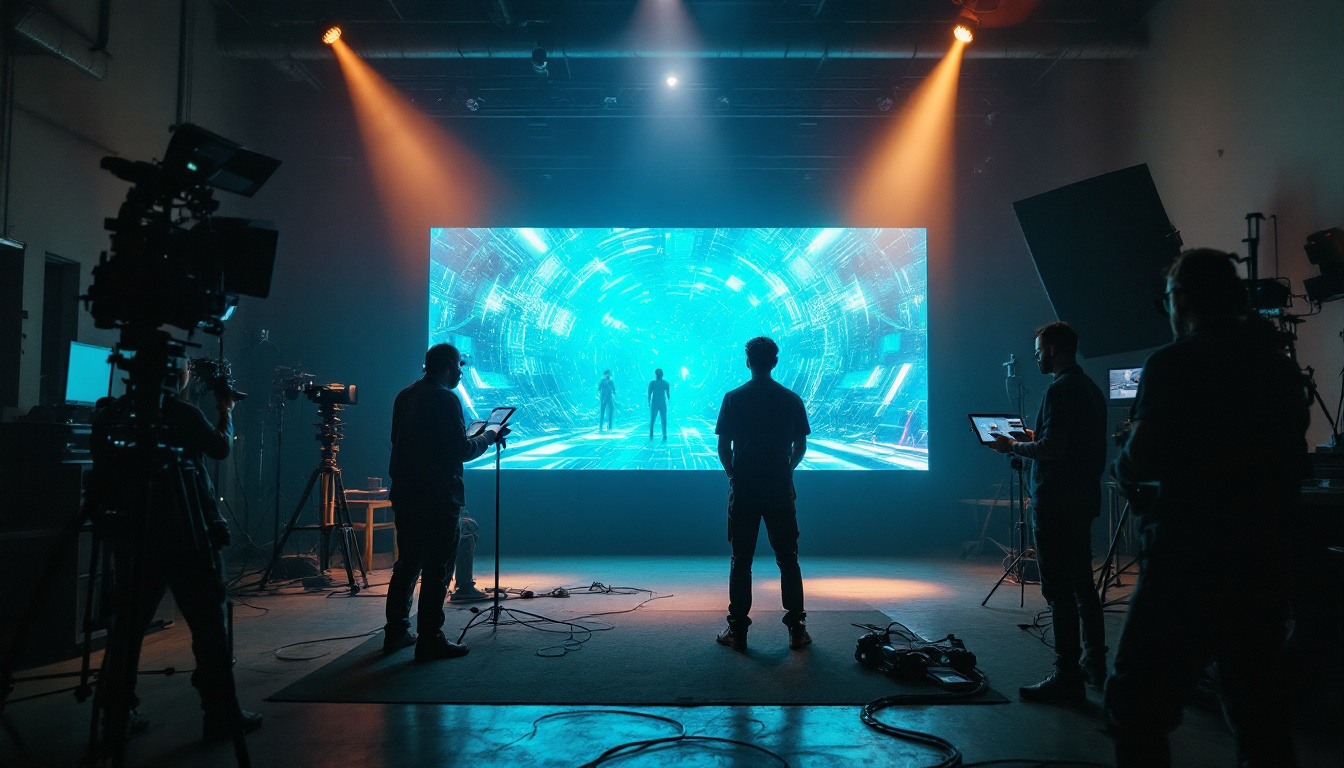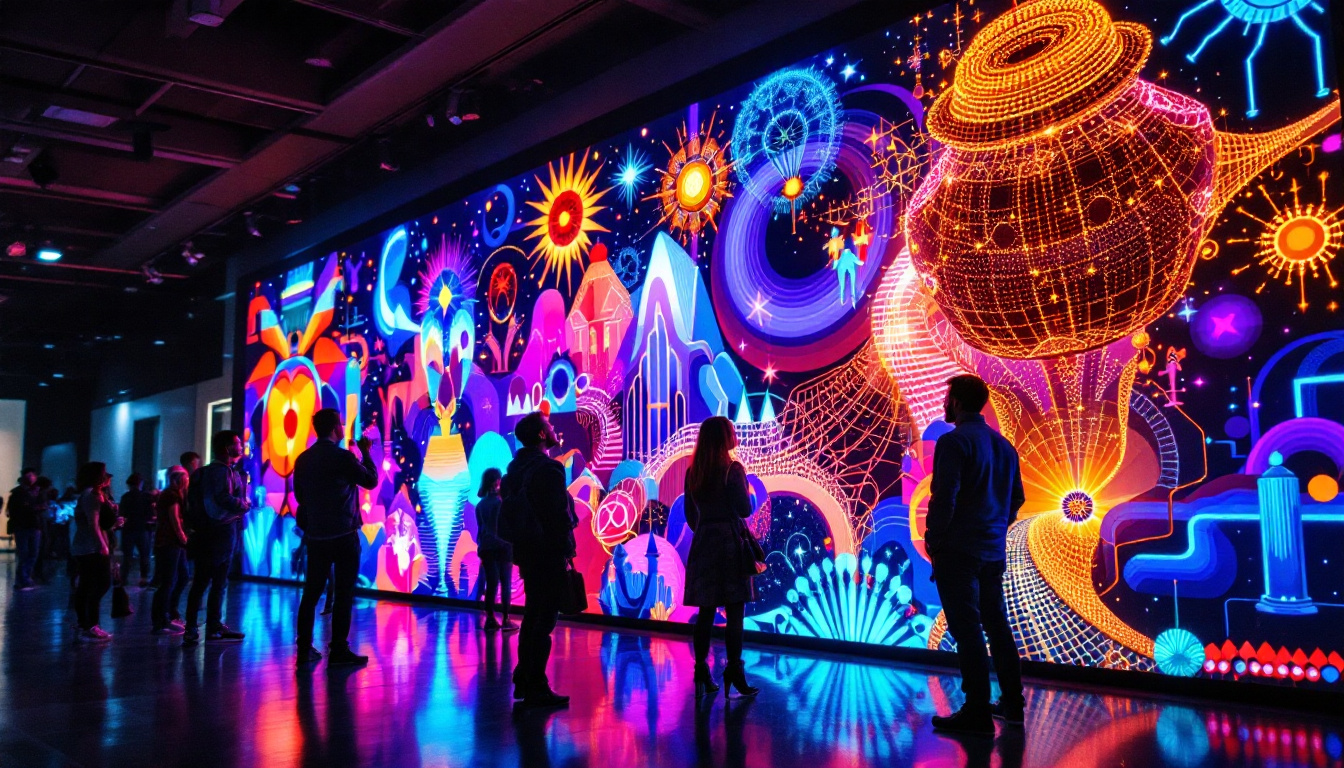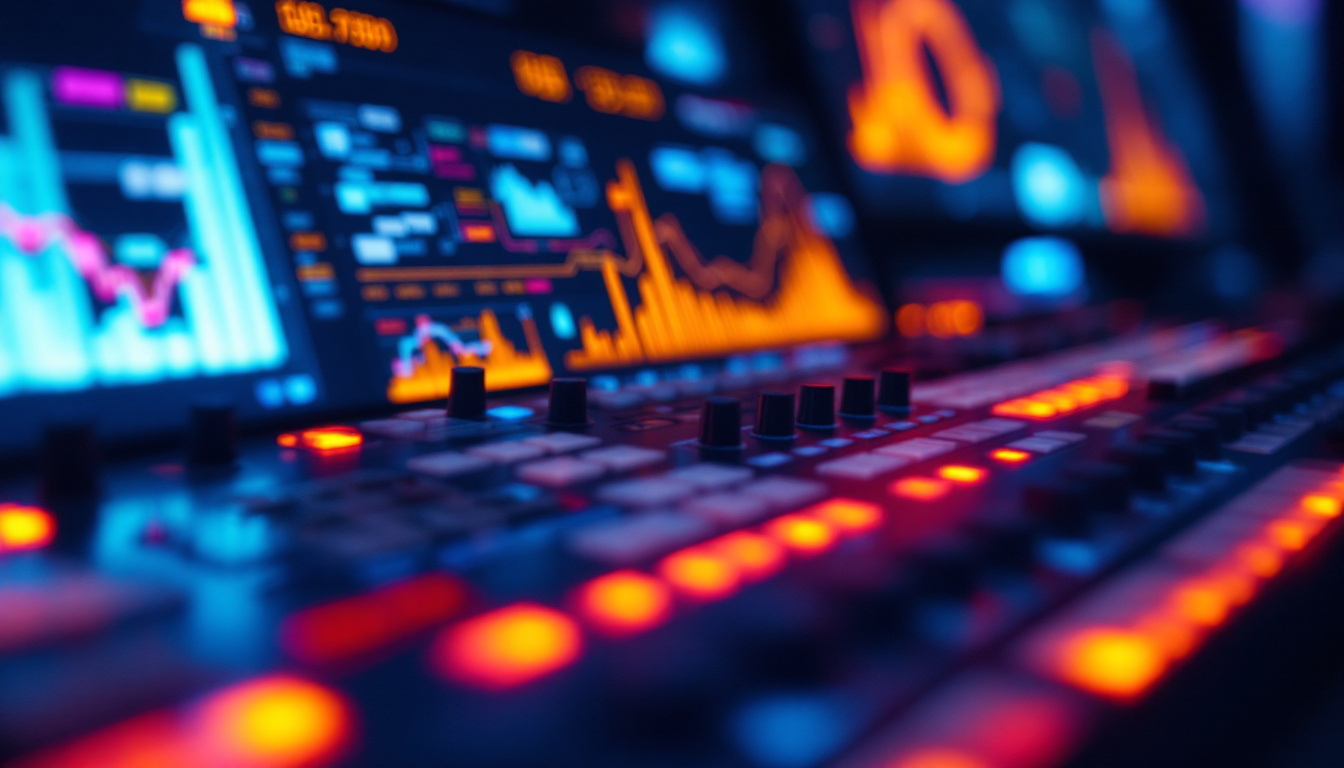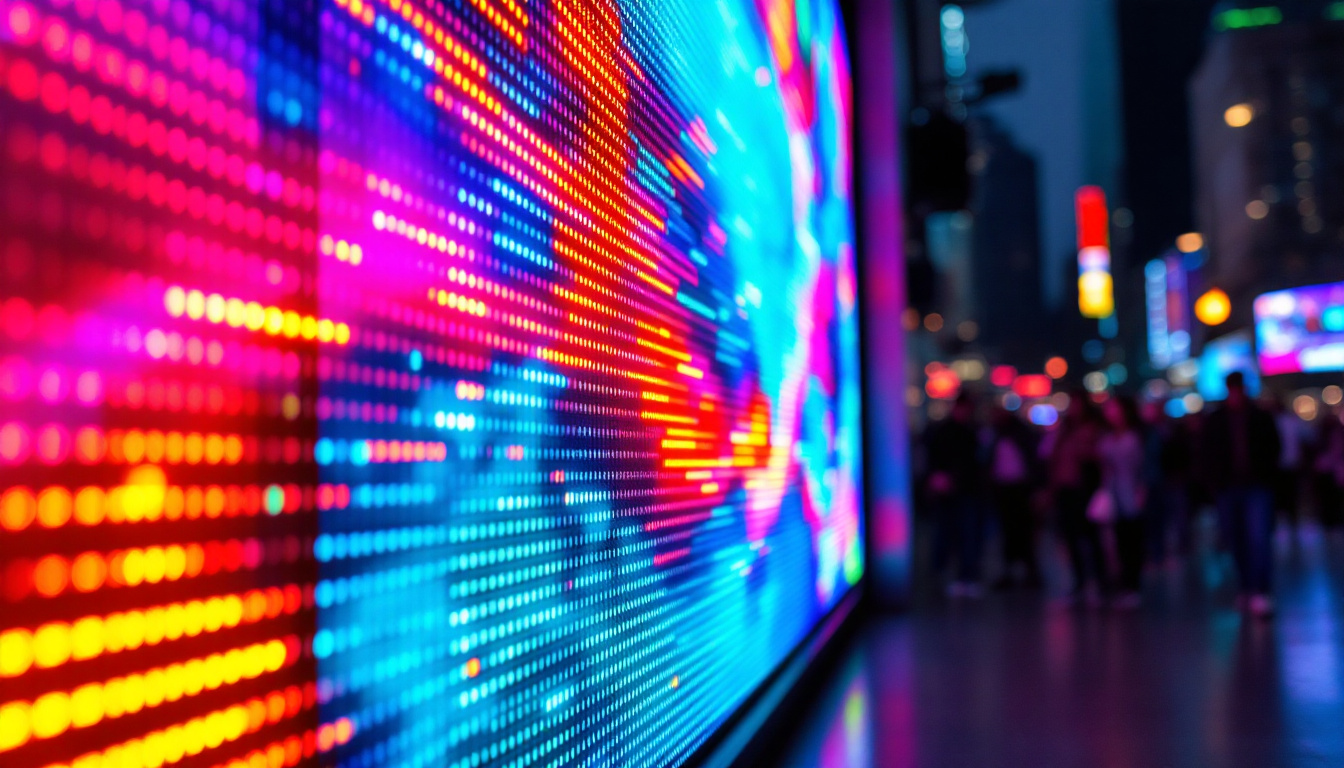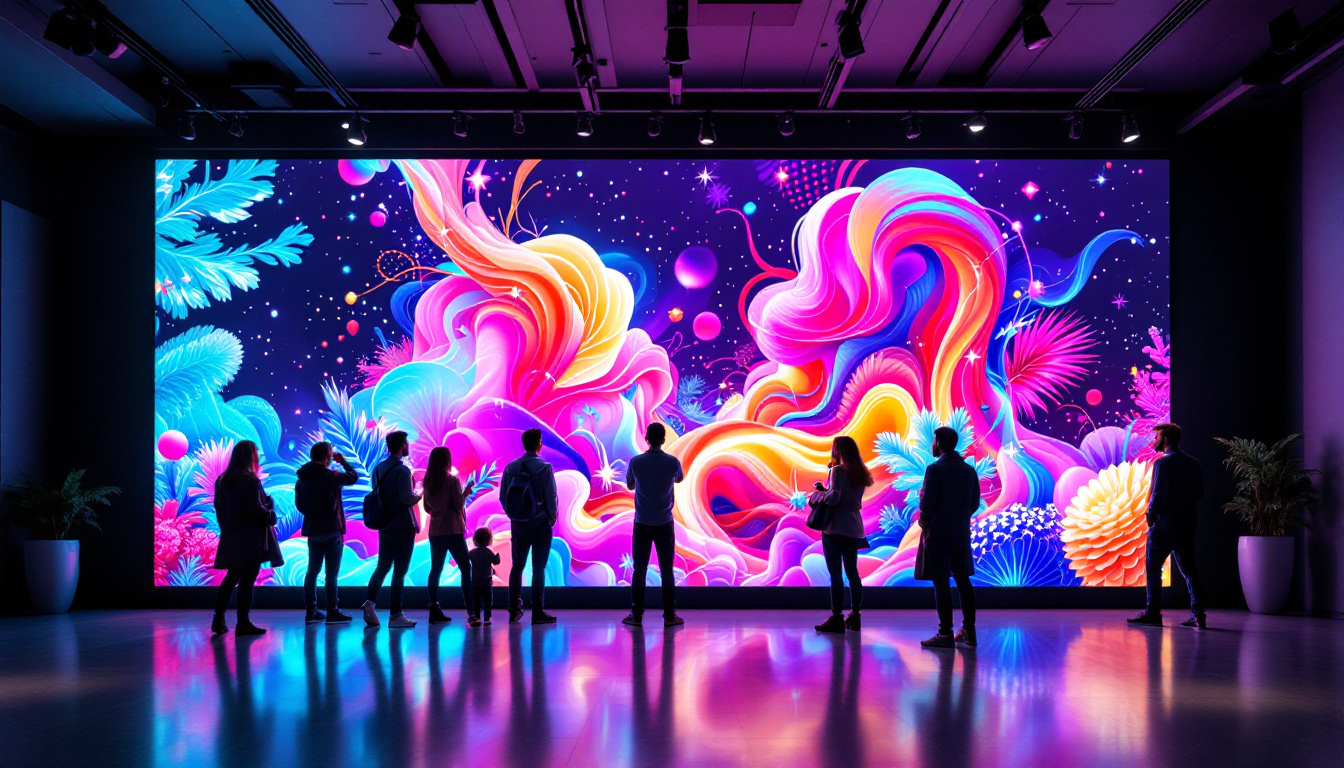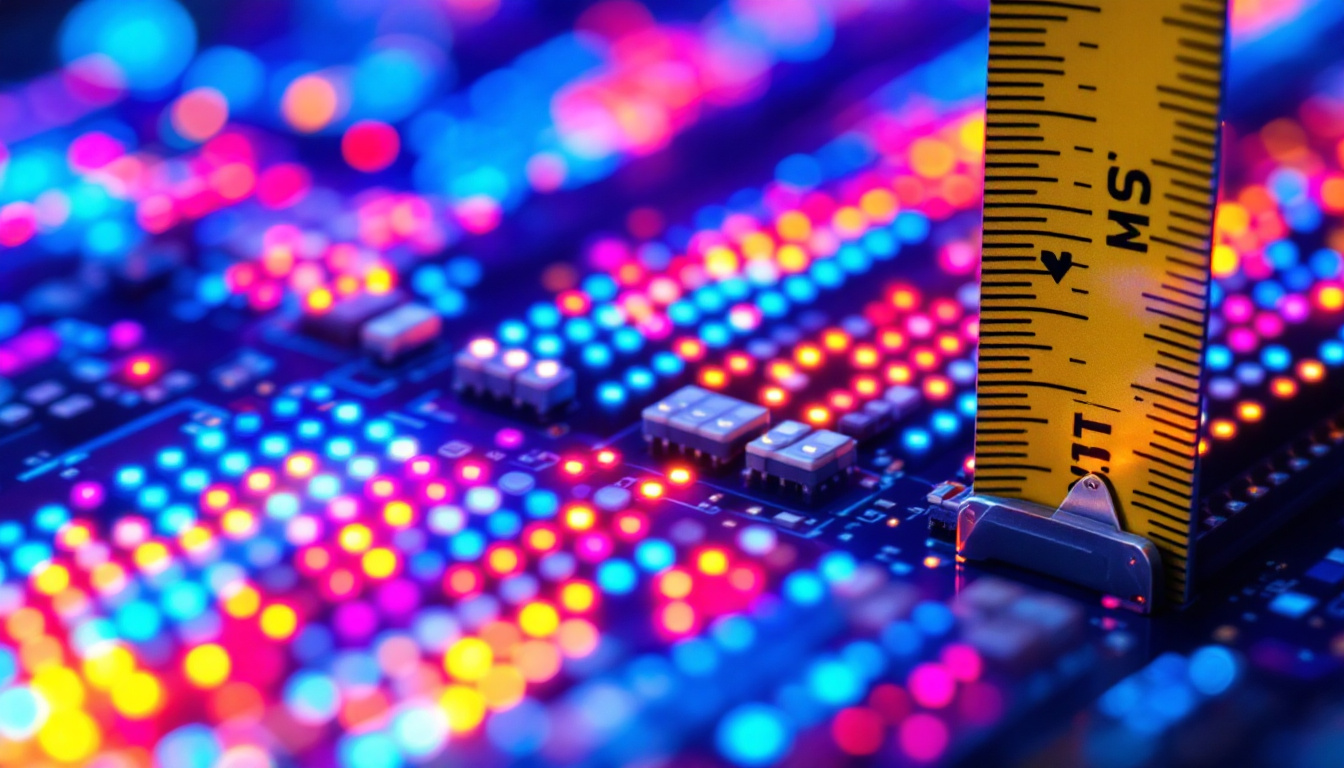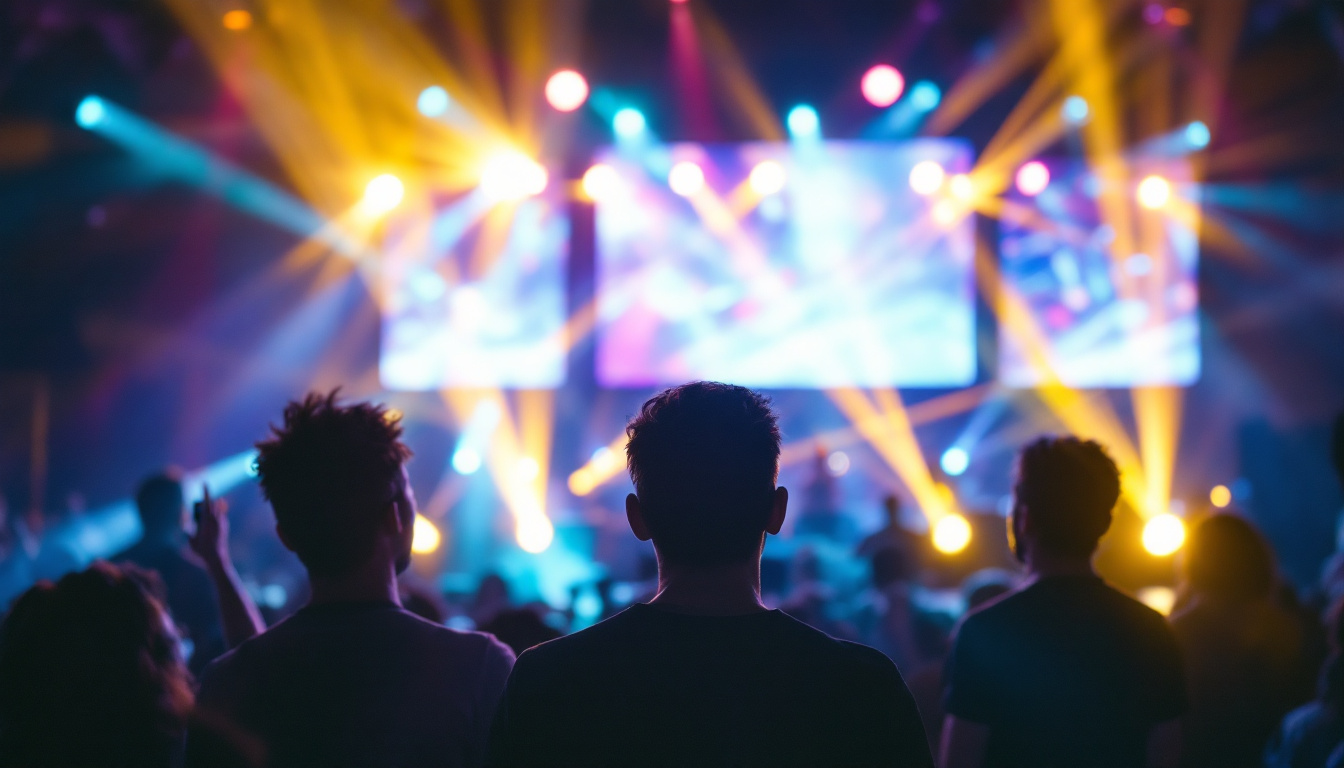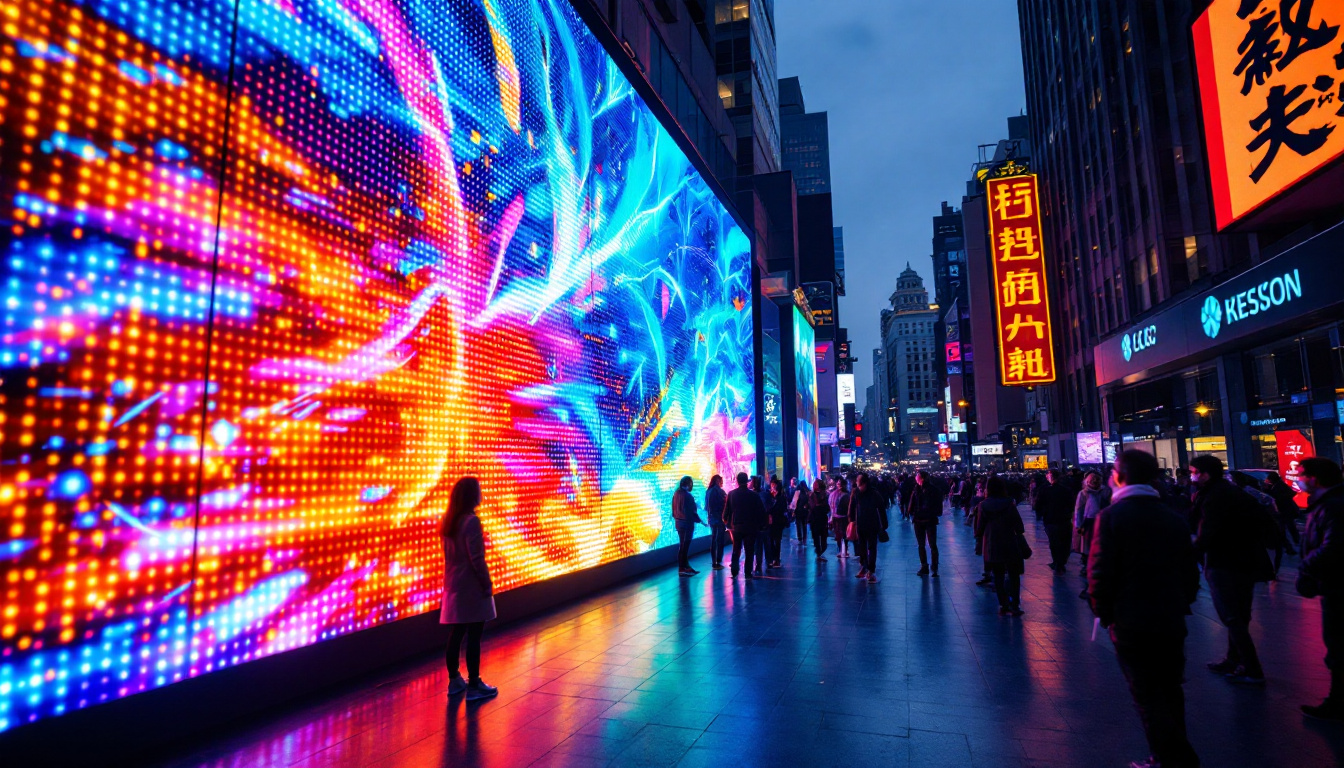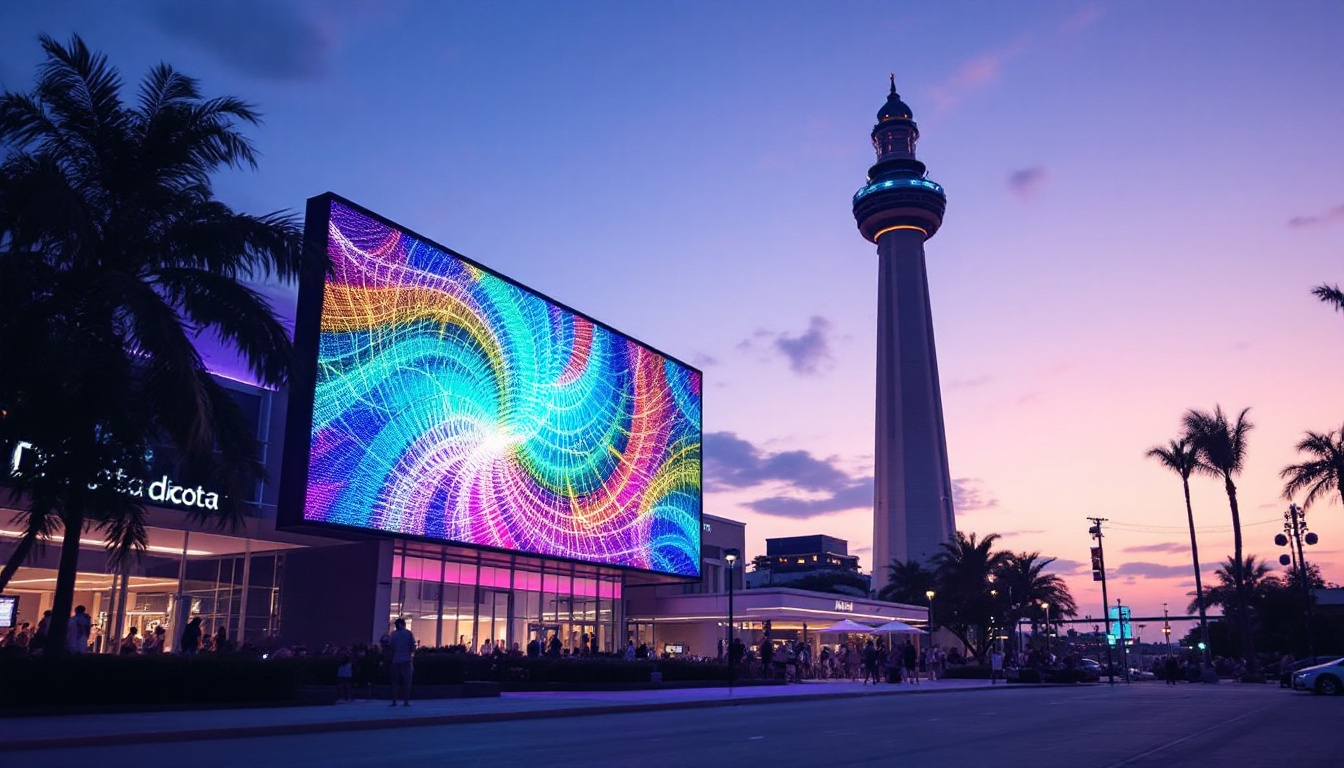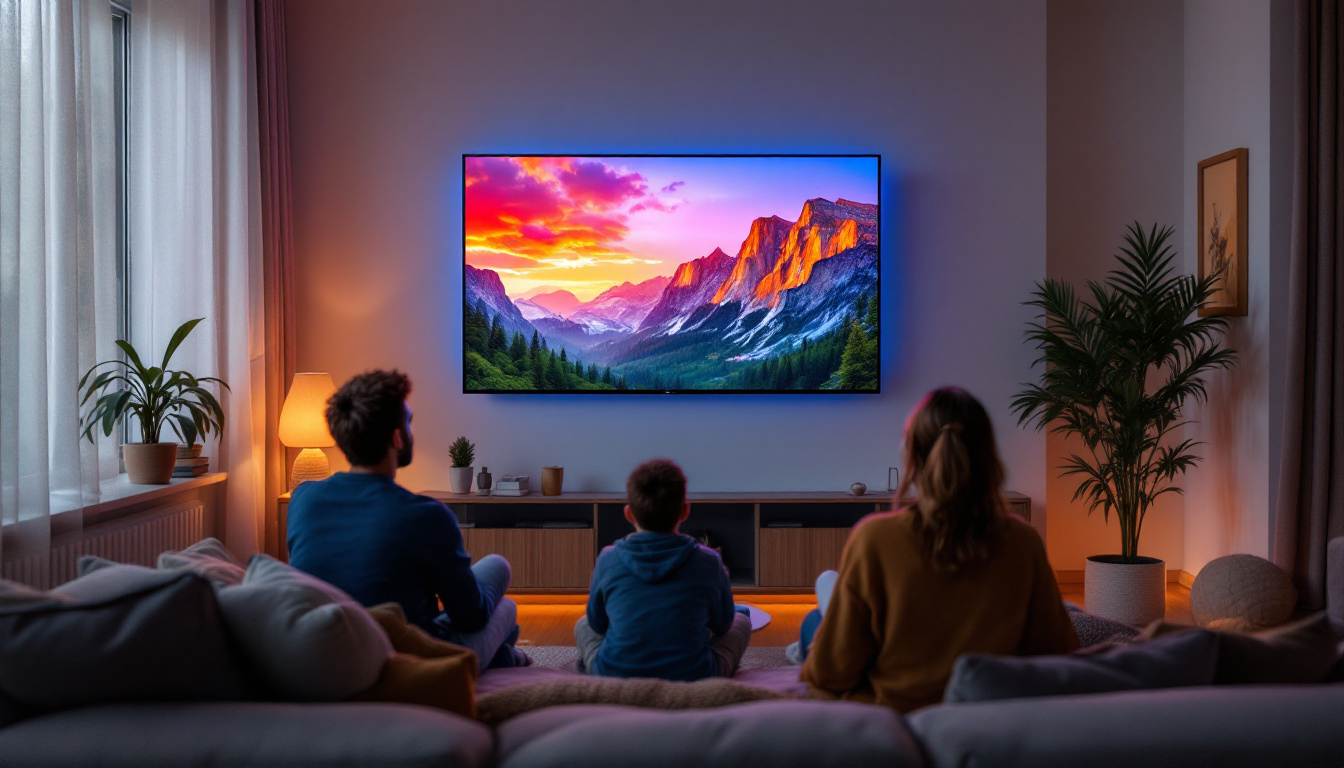Best LED Signs: LED Display Explained
In today’s fast-paced world, effective communication is crucial for businesses and organizations. One of the most impactful ways to convey messages is through LED signs. These vibrant displays have transformed the way information is shared, providing an eye-catching medium that captures attention and engages audiences. This article delves into the world of LED signs, exploring their advantages, types, and how to select the best option for your needs.
Understanding LED Technology
Light Emitting Diodes (LEDs) are semiconductor devices that emit light when an electric current passes through them. This technology has revolutionized the display industry, offering numerous benefits over traditional lighting methods. LED signs are not only energy-efficient but also provide brighter and more vibrant displays, making them ideal for various applications. From billboards to storefronts, the versatility of LED technology has made it a staple in modern advertising and communication.
The Science Behind LEDs
LEDs work by passing an electrical current through a semiconductor material, which then emits light. This process is known as electroluminescence. The color of the light emitted depends on the materials used in the semiconductor, allowing for a wide range of colors and brightness levels. Unlike traditional incandescent bulbs, LEDs do not rely on filaments, which makes them more durable and longer-lasting. Furthermore, advancements in LED technology have led to the development of RGB (Red, Green, Blue) LEDs, which can produce millions of colors by mixing these three primary colors, enabling dynamic displays that can change and adapt to various contexts.
Advantages of LED Signs
LED signs offer several advantages that make them a popular choice for businesses and organizations. Firstly, their energy efficiency leads to lower electricity costs compared to traditional signage. Secondly, the brightness of LED displays ensures visibility even in direct sunlight, making them effective for outdoor use. Additionally, LEDs have a longer lifespan, often lasting tens of thousands of hours, which reduces maintenance costs. The ability to program and control LED signs remotely adds another layer of convenience, allowing businesses to update their messages in real-time, whether for promotions, events, or important announcements. This flexibility not only enhances communication but also allows for creative marketing strategies that can engage customers more effectively.
Types of LED Signs
LED signs come in various types, each designed for specific applications. Understanding the different types can help businesses choose the right display for their needs.
Indoor LED Signs
Indoor LED signs are commonly used in retail stores, restaurants, and corporate environments. They are typically smaller and designed to be viewed from a closer distance. These signs can display static messages, animations, or video content, allowing businesses to communicate promotions, events, or important information effectively.
Outdoor LED Signs
Outdoor LED signs are built to withstand the elements and are designed for high visibility from a distance. These signs are often larger and can display dynamic content, including scrolling text and images. They are commonly used for advertising, public announcements, and wayfinding in various settings, such as shopping centers, stadiums, and schools.
Mobile LED Signs
Mobile LED signs are portable displays mounted on trailers or vehicles, making them ideal for events, parades, or temporary advertising. These signs can be easily moved to different locations and often feature programmable content, allowing for flexibility in messaging. Their mobility makes them a versatile option for businesses looking to reach a wider audience.
Choosing the Right LED Sign
Selecting the right LED sign involves considering several factors, including purpose, location, budget, and desired features. Here are some key aspects to keep in mind when making a decision.
Purpose and Content
Understanding the primary purpose of the LED sign is crucial. Will it be used for advertising, information dissemination, or event promotion? The content type will dictate the sign’s design and features. For instance, a sign intended for dynamic advertising may require higher resolution and the ability to display video, while an informational sign may only need static text.
Location and Visibility
The location of the LED sign plays a significant role in its effectiveness. An outdoor sign should be bright enough to be seen in daylight, while an indoor sign may not need the same level of brightness. Additionally, considering the viewing distance is essential; larger signs may be necessary for areas with heavy foot traffic or long viewing distances.
Budget Considerations
Budget is often a determining factor in the selection process. LED signs vary significantly in price based on size, resolution, and features. It’s essential to balance quality with cost, ensuring that the chosen sign meets both the functional requirements and budget constraints. Investing in a higher-quality sign may lead to better long-term value through durability and lower maintenance costs.
Installation and Maintenance
Once the right LED sign is selected, proper installation and maintenance are crucial for optimal performance. Understanding the installation process and ongoing care can help ensure the longevity of the display.
Installation Process
Installing an LED sign can be a complex process, often requiring professional assistance. Factors such as location, mounting options, and electrical connections must be carefully considered. It’s essential to follow the manufacturer’s guidelines during installation to avoid potential issues. Additionally, local regulations and permits may be necessary for outdoor signs, so checking with local authorities is advisable.
Maintenance Requirements
Regular maintenance is vital to keep LED signs functioning correctly. This includes cleaning the display surface, checking electrical connections, and ensuring that software is up to date. Most LED signs are designed for easy maintenance, but establishing a routine can help identify and resolve issues before they become significant problems. Proper care can extend the lifespan of the sign and maintain its visual appeal.
Innovative Features of LED Signs
Modern LED signs come equipped with various innovative features that enhance their functionality and user experience. Understanding these features can help businesses maximize the potential of their displays.
Programmable Content
Many LED signs offer programmable content, allowing users to change messages easily. This feature is particularly beneficial for businesses that frequently update promotions or events. Some signs can be controlled remotely via software, enabling real-time updates without the need for physical access to the sign. This flexibility can significantly enhance communication efficiency.
Integration with Smart Technology
As technology advances, many LED signs are now compatible with smart technology. This integration allows for automated content scheduling, remote monitoring, and even data analytics. Businesses can track engagement metrics, such as foot traffic and viewer demographics, providing valuable insights into the effectiveness of their messaging.
Energy Efficiency Features
Energy efficiency is a significant consideration for many businesses. Some LED signs come with features such as automatic brightness adjustment, which optimizes energy consumption based on ambient light conditions. This not only reduces electricity costs but also contributes to sustainability efforts, making LED signs a responsible choice for environmentally conscious organizations.
Case Studies: Successful LED Sign Implementations
To illustrate the effectiveness of LED signs, several case studies showcase how different organizations have successfully utilized these displays to achieve their goals.
Retail Sector
A popular retail chain implemented outdoor LED signs to promote seasonal sales and special events. By utilizing dynamic content and eye-catching animations, the signs attracted more foot traffic and increased sales by over 20% during promotional periods. The ability to update messages in real-time allowed the store to respond quickly to changing market conditions and customer interests.
Educational Institutions
Many schools and universities have adopted LED signs for campus communication. One university installed an indoor LED display in its student center to share announcements, event schedules, and emergency information. The sign’s visibility and dynamic content improved student engagement and ensured that important messages reached the entire campus community effectively.
Event Management
An event management company utilized mobile LED signs to promote a series of outdoor festivals. By strategically placing these signs in high-traffic areas, they successfully increased attendance at the events. The ability to change messages quickly and display countdowns to events created excitement and anticipation among potential attendees, leading to higher ticket sales.
The Future of LED Signs
The future of LED signs looks promising, with ongoing advancements in technology and design. As businesses continue to seek innovative ways to communicate, LED displays will likely play an increasingly vital role.
Emerging Technologies
With the rise of augmented reality (AR) and virtual reality (VR), the integration of these technologies into LED displays is on the horizon. Imagine interactive LED signs that allow users to engage with content in real-time, creating a more immersive experience. This potential evolution could redefine how businesses communicate and connect with their audiences.
Sustainability Trends
As sustainability becomes a priority for many organizations, the demand for energy-efficient and environmentally friendly LED signs is expected to grow. Manufacturers are likely to focus on developing products that minimize environmental impact while maximizing performance. This trend will not only benefit businesses but also contribute positively to the planet.
Customization and Personalization
Future LED signs may offer even greater customization options, allowing businesses to tailor displays to specific audiences or events. Enhanced software capabilities could enable more sophisticated data analysis, leading to personalized content that resonates with viewers. This level of engagement could significantly improve the effectiveness of advertising and communication strategies.
Conclusion
LED signs have emerged as a powerful tool for communication in various sectors, offering numerous advantages over traditional signage. Their versatility, energy efficiency, and ability to convey dynamic content make them an attractive option for businesses and organizations seeking to enhance their visibility and engagement. By understanding the different types, features, and best practices for selection and maintenance, businesses can leverage LED signs to effectively communicate their messages and achieve their goals.
As technology continues to evolve, the future of LED signs promises even more innovative solutions that will redefine how information is shared. Embracing this technology can position businesses at the forefront of effective communication, ensuring they remain competitive in an ever-changing landscape.
Discover LumenMatrix’s Innovative LED Solutions
Ready to elevate your communication strategy with cutting-edge LED technology? Look no further than LumenMatrix, a pioneer in the LED display industry. Our extensive range of products, from Indoor and Outdoor LED Wall Displays to specialized solutions like Vehicle LED Displays and LED Sports Displays, is designed to captivate your audience and amplify your message. With LumenMatrix, you can create unforgettable visual experiences that not only enhance brand visibility but also engage and inspire. Check out LumenMatrix LED Display Solutions today and take the first step towards transforming your visual communication.

